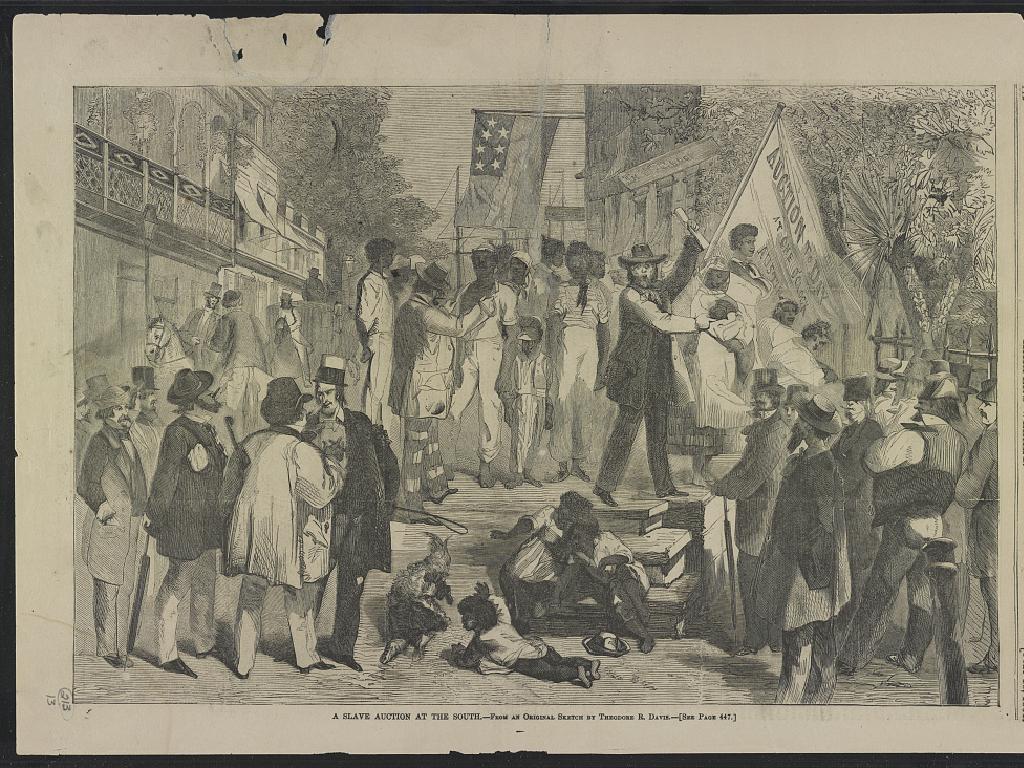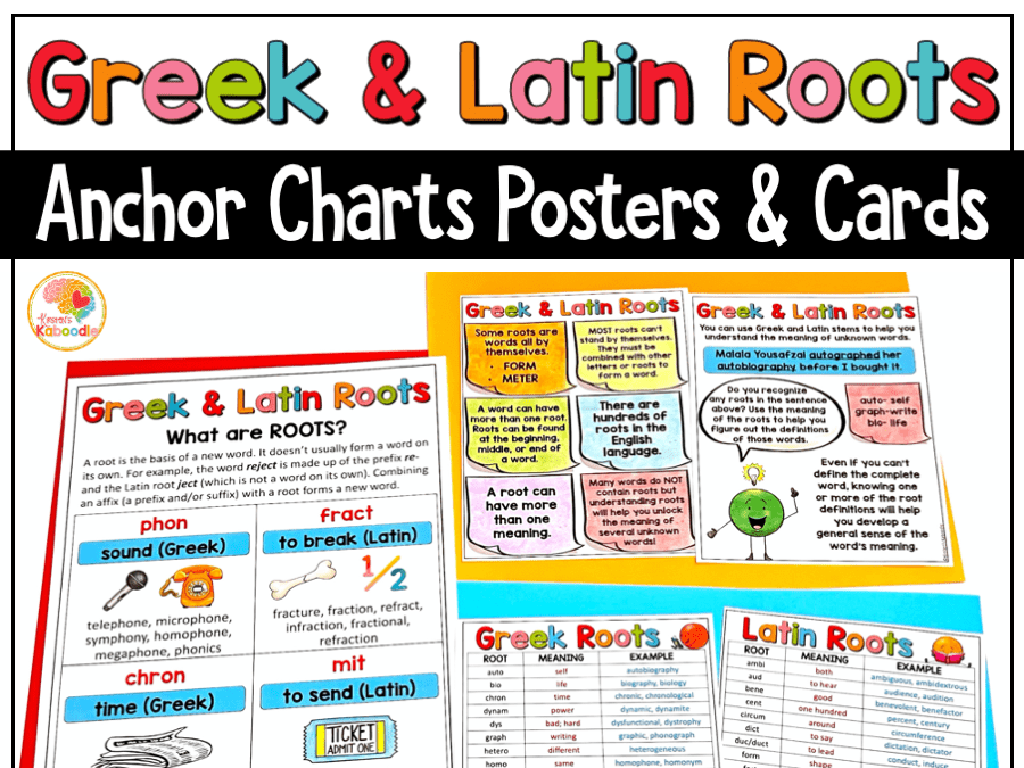The Revolutionary War: Struggle For Independence
Subject: Social studies
Grade: Seventh grade
Topic: The American Revolution
Please LOG IN to download the presentation. Access is available to registered users only.
View More Content
The Struggle for Independence: The Revolutionary War
– Roots of the American Revolution
– Tensions and taxes led to the quest for independence.
– Significance of Independence
– Marked the birth of a nation and democracy.
– Revolutionary War Overview
– A war between the 13 colonies and British Empire.
– Key Takeaways for Today’s Lesson
|
This slide introduces the Revolutionary War, setting the stage for understanding the American struggle for independence. Begin by discussing the factors that led to the revolution, such as the growing tensions over British taxes and policies. Emphasize the significance of the war in history, highlighting how it marked the emergence of the United States and the spread of democratic ideals. Provide an overview of the major events and figures of the war to give students a framework for the lesson. Conclude with the key points students should focus on, ensuring they grasp the causes, the conflict, and the consequences of the Revolutionary War.
Causes of the Revolutionary War
– ‘No taxation without representation’
– Colonists protested taxes imposed by British Parliament where they had no representatives.
– The Boston Tea Party
– December 16, 1773, colonists dumped tea into Boston Harbor as a protest against the Tea Act.
– Other key events leading to war
– Intolerable Acts, Battles of Lexington and Concord were pivotal.
– Impact on the path to independence
|
This slide aims to outline the major causes that fueled the American colonies’ desire for independence, leading to the Revolutionary War. Begin with the concept of ‘No taxation without representation,’ which was a rallying cry against the British Parliament’s right to tax the colonists without their consent. Highlight the Boston Tea Party as a significant act of defiance against the Tea Act, which imposed taxes on tea. Discuss other key events such as the Intolerable Acts and the first battles of the war at Lexington and Concord, which further united the colonies against British rule. The slide should emphasize how these events collectively contributed to the colonies’ decision to fight for their independence.
Key Figures in the Revolutionary War
– George Washington’s leadership
– Commanded the Continental Army against British forces
– Thomas Jefferson’s pivotal role
– Authored the Declaration of Independence, a symbol of liberty
– Recognizing other influential figures
– Heroes like Adams, Franklin, and Paine who shaped the revolution
– Contributions to independence
– Their efforts led to the birth of a new nation
|
This slide aims to highlight the central figures of the American Revolutionary War and their roles in the struggle for independence. George Washington’s leadership as the commander of the Continental Army was instrumental in the colonies’ victory over British forces. Thomas Jefferson’s drafting of the Declaration of Independence articulated the colonies’ desire for self-governance and human rights. Other figures, including John Adams, Benjamin Franklin, and Thomas Paine, played crucial roles in the ideological foundation and strategic planning of the revolution. Discuss each figure’s unique contributions and how their collective efforts culminated in the establishment of the United States. Encourage students to explore the diverse personalities and motivations that drove these individuals to become leaders of the revolutionary cause.
Major Battles of the Revolutionary War
– The Battle of Lexington and Concord
– Known as the first battle that sparked the revolution.
– Significance of Saratoga
– Saratoga marked the turning point, gaining French support.
– The Battle of Yorktown
– Yorktown was the final battle where British surrendered.
– Impact on American Independence
|
This slide aims to highlight the pivotal battles that shaped the Revolutionary War. Begin with the Battle of Lexington and Concord, emphasizing its role as the catalyst for the war. Discuss the Battle of Saratoga, underscoring its significance as the turning point that secured French aid for the American cause. Conclude with the Battle of Yorktown, where the British surrender effectively ended the war, leading to American independence. Encourage students to reflect on how these battles collectively contributed to the success of the American Revolution and the establishment of the United States.
Life During the Revolutionary War
– Daily life in the Continental Army
– Soldiers faced hardships like scarce supplies and harsh winters.
– Women’s roles during the war
– Women managed farms/businesses, some even served as spies or soldiers.
– Impact on children and families
– Children took on more responsibilities; families often displaced.
– Adapting to wartime challenges
|
This slide aims to give students a glimpse into the personal side of the Revolutionary War, focusing on the experiences of soldiers, women, children, and families. Emphasize the harsh conditions faced by soldiers in the Continental Army, including lack of food, clothing, and shelter. Highlight the crucial roles women played, from maintaining homesteads to participating directly in the war effort. Discuss how the war disrupted the lives of children and families, with many losing homes or having to take on adult responsibilities. Encourage empathy by asking students to imagine how they would adapt to similar challenges.
The Declaration of Independence
– Understanding the Declaration
– It proclaimed the 13 colonies’ freedom from British rule.
– Key principles outlined
– Life, liberty, and the pursuit of happiness as unalienable rights.
– Impact on the war
– It rallied support and defined the colonies’ cause.
– Global influence of the Declaration
– Inspired other nations towards democracy.
|
The Declaration of Independence is a historic document that marked the formal separation of the thirteen colonies from Great Britain. It’s essential to discuss the context in which it was written and the core principles it established, such as the right to life, liberty, and the pursuit of happiness. Highlight the Declaration’s role in unifying the colonists and legitimizing their fight for independence. Additionally, emphasize its lasting impact not only on the Revolutionary War but also on the spread of democratic ideals worldwide. Encourage students to think about how these principles continue to shape the United States and other nations today.
The Revolutionary War: America’s Victory
– The Treaty of Paris 1783
– Ended the war, recognized American independence
– America’s journey to nationhood
– War’s end marked the beginning of a new, independent nation
– Global impact of the Revolution
– Inspired other countries towards democracy
– The Treaty’s terms for America
– Britain recognized U.S. sovereignty, set new borders
|
This slide aims to summarize the outcome of the Revolutionary War and its significance. The Treaty of Paris in 1783 formally ended the conflict, acknowledging the United States as an independent nation and setting the terms for this new status. It’s crucial to discuss how the war’s conclusion paved the way for America’s development as a nation, including the challenges that lay ahead. Additionally, the global effects of the American Revolution should be highlighted, emphasizing how it inspired other nations to pursue self-governance and democracy. The terms of the Treaty, such as territorial gains and recognition of sovereignty, were pivotal in shaping the future of the United States. Encourage students to reflect on how this historic event not only changed America but also had a lasting impact on the world stage.
Class Activity: Revolutionary War Role-Play
– Divide into groups for role-play
– Prepare a skit on a key event
– Choose events like the Boston Tea Party or the signing of the Declaration
– Discuss varying historical perspectives
– How did Patriots, Loyalists, and others view the same event?
– Reflect on conflict and resolution
– Understand the complexities of war and peace-making
|
This interactive class activity is designed to engage students with the Revolutionary War by having them step into the shoes of historical figures. By dividing the class into groups, each representing different sides and figures of the war, students will gain a deeper understanding of the era. They will research and enact key events, which will help them grasp the significance of these moments in history. The discussion that follows the skits should focus on how different perspectives and interests can lead to conflict, and how dialogue and negotiation can lead to resolution. Encourage students to think critically about the motivations of each group they represent. This activity will help students appreciate the complexities of history and the importance of perspective in understanding events.





